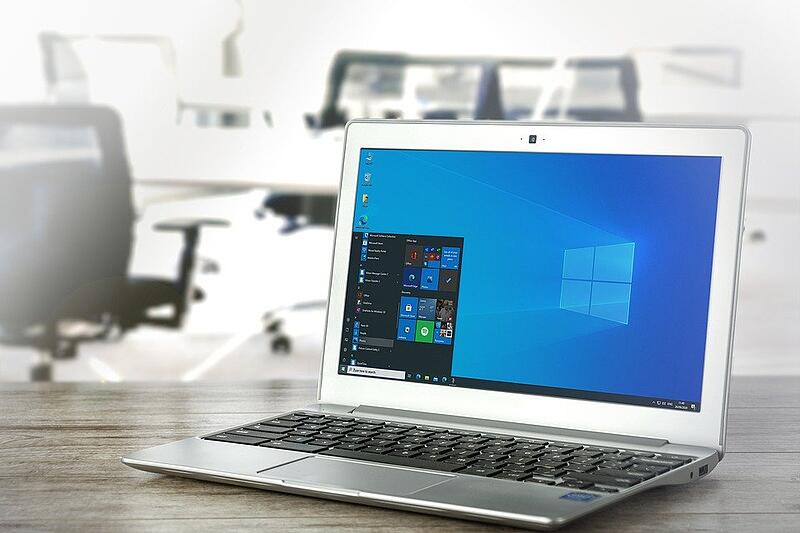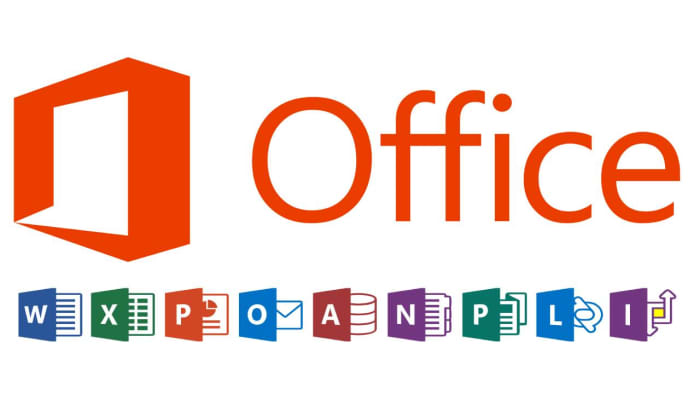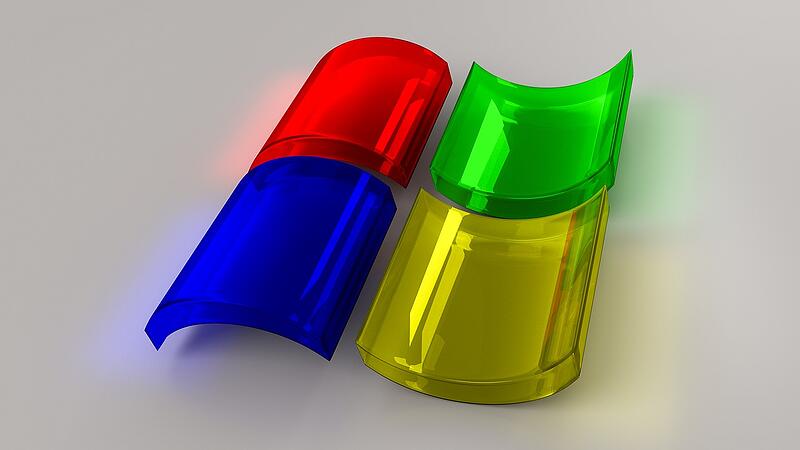

Recently Microsoft have confirmed they will be providing a new on-site/perpetual version of their ever-popular Office platform. Given the company has made concerted efforts to push users into a more subscription-based model, what does this announcement mean for the current and future state of perpetual software licences?
Make An Enquiry
Perpetual Licence Or Subscription – What’s The Difference?
First, to lay the groundwork, a perpetual licence is one that you essentially pay for once and then you own the rights to use that piece of software. So you bought an Office licence, and that would grant you the freedom to install it on a set number of machines, at which point you could use it for the life of the machine. The software becomes an asset that you own with no further fees to pay in the future and potentially be sold off when no longer required.
A subscription (or rented) model, as with anything else, nominally seeks to make things more flexible by allowing you to pay an ongoing monthly fee for your software usage, rather than «buying» the licence. Instead of being a periodical Capex, it becomes on ongoing operational expenditure.
What Does Microsoft’s Announcement Actually Mean?
Microsoft is a company that is not going to release a product for which there is no market. The fact that they have specifically provided a perpetual licence version of the new Office platform means by default that there is a market for it. A market that prefers the prospect of buying the licence and owning that software.
Why Would An Organisation Prefer Perpetual Licensing Over Subscription?
None of this is to say that the subscription model doesn’t have its benefits. If pure costs are a concern for you, you might find it more affordable in the short term to budget a subscription payment. It also means that you can ensure that you’re always going to have access to the latest versions and features of Office.
The issue is that if you intend to use a piece of software long term, you can actually do it more cost-effectively by owning the licence outright. This allows organisations to fix the cost of its software for several years. It’s also worth noting that new software needs to be gotten used to – constantly having new features and layouts to integrate into yours and your employees’ workflow can damage efficiency.
In time there is no doubt that Microsoft wants users on a subscription model. Nevertheless, it’s what the users want that matters, however, and Microsoft must serve those needs. For the time being at least, it seems the perpetual licence model is not going anywhere – and when you think hard about the benefits, it’s no surprise why.
If your organisation would rather own its software, talk to Discount-Licensing. For a single payment at a price comparable or less than the cost of an annual Office subscription, you can purchase a pre-owned perpetual Microsoft Office licence from Discount-Licensing, giving you back control of software expenditure. If you would like to know more about purchasing software assets for less, get in touch with our team.
For any enquiries about Microsoft software licences, simply complete the Contact Form. Un miembro de nuestro equipo responderá a su consulta en un plazo de 24 horas.
Image Source: Pixabay



